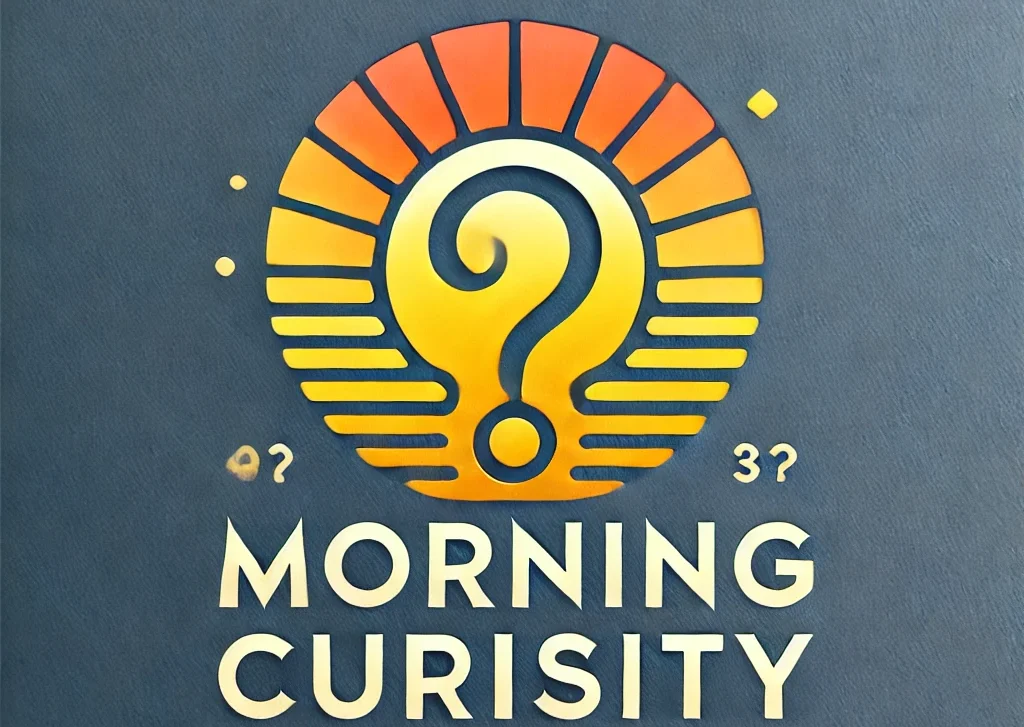Nose Piercing: A Timeless Tradition with Modern Flair
Overview
Nose piercing is more than just a fashion statement; it is a cultural, historical, and personal expression that has transcended time and geography. From ancient civilizations to contemporary urban cultures, nose piercing continues to be a popular form of body modification. This blog delves into the history, types, aftercare, and cultural significance of nose piercing, offering valuable insights for anyone considering this timeless adornment.
The History of Nose Piercing
Nose piercing dates back over 4,000 years, with origins traced to the Middle East. It was later introduced to India in the 16th century by the Mughal emperors, where it became deeply rooted in cultural practices. In many cultures, nose piercings symbolize status, wealth, and spiritual beliefs. For instance, in Indian tradition, the left nostril piercing is associated with Ayurveda, believed to ease childbirth and menstrual discomfort.
In the Western world, nose piercing gained popularity during the 1960s and 70s, influenced by the hippie movement’s exposure to Eastern cultures. Today, it is a mainstream trend embraced by people of all ages and backgrounds.
Types of Nose Piercings
- Nostril Piercing: The most common type, usually done on either the left or right nostril.
- Septum Piercing: Located in the thin strip of tissue between the nostrils, often referred to as the “bull ring.”
- High Nostril Piercing: Positioned higher up on the nasal bridge, allowing for unique jewelry styles.
- Bridge Piercing: A surface piercing across the bridge of the nose, not through cartilage.
- Septril Piercing: A complex piercing combining the septum and the underside of the nose tip.
- Nasallang Piercing: A tri-nasal piercing that appears as two nostril piercings connected through the septum.
Nose Piercing Procedure and Aftercare
Procedure:
- Consultation: Choose a professional piercer with a sterile environment.
- Preparation: The area is cleaned, and the spot is marked.
- Piercing: A hollow needle is used to make the piercing, followed by inserting the jewelry.
Aftercare Tips:
- Cleaning: Use saline solution twice daily.
- Avoid Touching: Refrain from unnecessary touching to prevent infection.
- Jewelry Care: Do not change the jewelry until fully healed (4-6 months).
- Signs of Infection: Redness, swelling, or pus require medical attention.
Cultural Significance of Nose Piercing
- India: Symbolizes marriage and femininity, often part of bridal attire.
- Middle East: A mark of wealth and social status.
- Africa: Tribal identity and rites of passage.
- Western Culture: A form of self-expression and rebellion.
Benefits of Nose Piercing
- Enhances facial aesthetics.
- Reflects personal style and cultural identity.
- Some believe it offers health benefits related to Ayurveda.
Potential Risks
- Infections if not properly cared for.
- Allergic reactions to certain metals.
- Keloids or hypertrophic scarring.
FAQs About Nose Piercing
- Does nose piercing hurt?
- Pain levels vary; most describe it as a quick, sharp pinch.
- How long does it take to heal?
- Healing time ranges from 4 to 6 months, depending on the piercing type.
- Can I change my jewelry soon after piercing?
- It’s advisable to wait until fully healed to prevent infections.
- What type of jewelry is best?
- Hypoallergenic materials like titanium, niobium, or surgical steel.
- Is it safe to pierce at home?
- No, always seek a professional to minimize risks.
Feedback
We value your thoughts! Share your nose piercing experiences, tips, or questions in the comments section below. Your feedback helps us create more insightful content.
Backlinks & Resources
- Professional Piercing Studios Near You
- Jewelry Care and Maintenance Tips
- Cultural History of Body Modifications
Conclusion
Nose piercing is a beautiful blend of tradition and modern style. Whether you choose it for cultural reasons, personal aesthetics, or spiritual beliefs, understanding its history, procedure, and aftercare is essential. Embrace your individuality with confidence and care.
